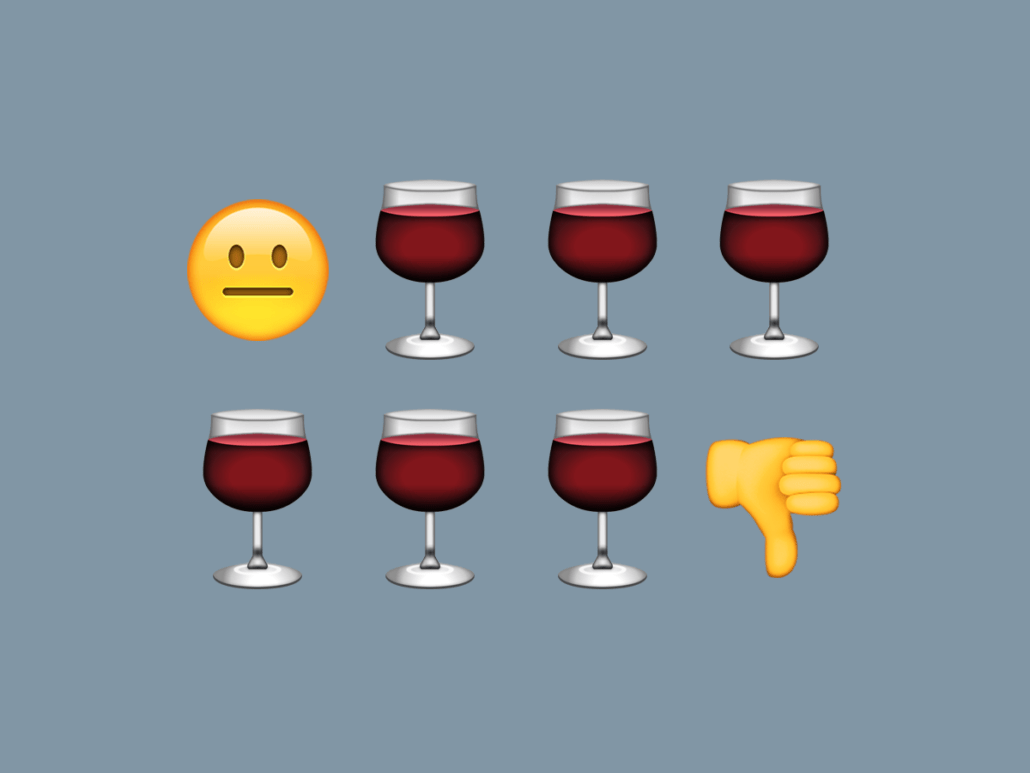Over the years, I must have attended dozens of those early-evening, on-campus employer presentations – those early evening events that careers services host during the autumn and spring terms. Employers from all sectors pitch up on campus to present to students. And after the formal proceedings are over, there usually follows a buffet, including a drinks reception, all kindly funded by the recruiter.
When I say ‘buffet’ … for those who haven’t been to one of these gastronomic grub fests, I can vouch that the days of limp sandwiches and tepid tea are long gone. Today’s employer buffet is often a magnificent and exotic affair consisting of mountains of multi-flavoured sandwiches and cart loads of tasty desserts. And yes, occasionally, alcohol is served: red wine, white wine, bottled lagers.
As these events usually kick off after office hours, a member of staff will be on hand to shepherd the proceedings. And it is from this vantage point that my colleagues and I have gained a unique insight into how these social conventions actually work – both from a student and an employer’s perspective.
It is from this sociological vantage point that I want to share with you a radical, game-changing discovery – a discovery that is bound to throw countless campus engagement strategies into disarray.
I have discovered that students don’t drink red wine.
Cabinets of Cabernet
It’s true. They can’t abide the stuff. Give a student a glass of red wine and as soon as you turn away they’ll have upturned it into the nearest plant pot. Red wine is to twenty-year olds what Haribo is to pensioners. They just don’t get it.
That’s because red wine is one of those things that you can only appreciate as you get older. It’s like Gardeners’ World and Radio 4.
For students and anyone else aged under thirty, red wine has the taste and texture of Calpol. Even worse, their parents drink it. Absinthe may make the heart grow fonder but red wine, as far as Generation Y is concerned, is like supping a cup of Castrol GTI.
Mountains of Merlot
Now try telling this to recruiters.
Even now, buffet after buffet provided and paid for by graduate recruiters remain awash with the stuff, with most of it going untouched.
If you want to test the theory, sidle along to a campus buffet and quietly observe the natives’ drinking habits.
Soft drinks, mineral water and the occasional bottled beer will be practically zooming off the shelves. Monsieur Vin Rouge, on the other hand, will be out there on his tod, unappreciated, unloved, uncorked.
He’ll still be there in the morning before being unceremoniously boxed up and returned to the caterers (in case you were wondering, no we don’t).
By the end of the autumn term, campus caterers will be left with shed-loads of Shiraz, mountains of Merlot and cabinets of cabernet.
Red, red, wine …
If you’re a graduate recruiter why should something as banal as student drinking habits matter to your on-campus hiring strategy.
It’s because things like this matter. They reveal how much you take your customers’ preferences for granted. Buffets are never just buffets – ask Mary Berry et al.
A buffet is a visible, indeed, edible, representation of your brand. The same goes for the drinks you serve.
Those ten green bottles standing in a row are a clear message that someone hasn’t done their homework.
Assume nothing, question everything
It also makes you wonder what other assumptions recruiters make about students likes and dislikes. And how do we know that students actually want alcoholic drinks when attending employer presentations? What sort of signals does alcohol send to prospective recruits?
Perhaps if we’re honest, the reason why red wine is still served at student buffets is because we like red wine: it’s what we like to drink, so we assume they must like drinking it, too. That they clearly don’t should make us pause, particularly when planning engagement strategies.
The discovery that students don’t drink red wine also demonstrates that finding out what your target audience wants and prefers doesn’t always have to involve costly surveys or time-consuming focus groups.
Sometimes, all you have to do is count the empties.







